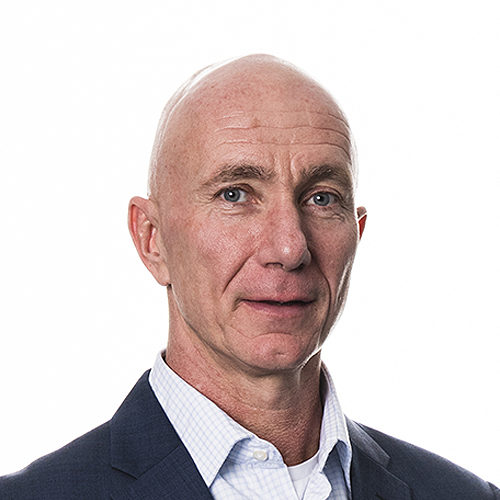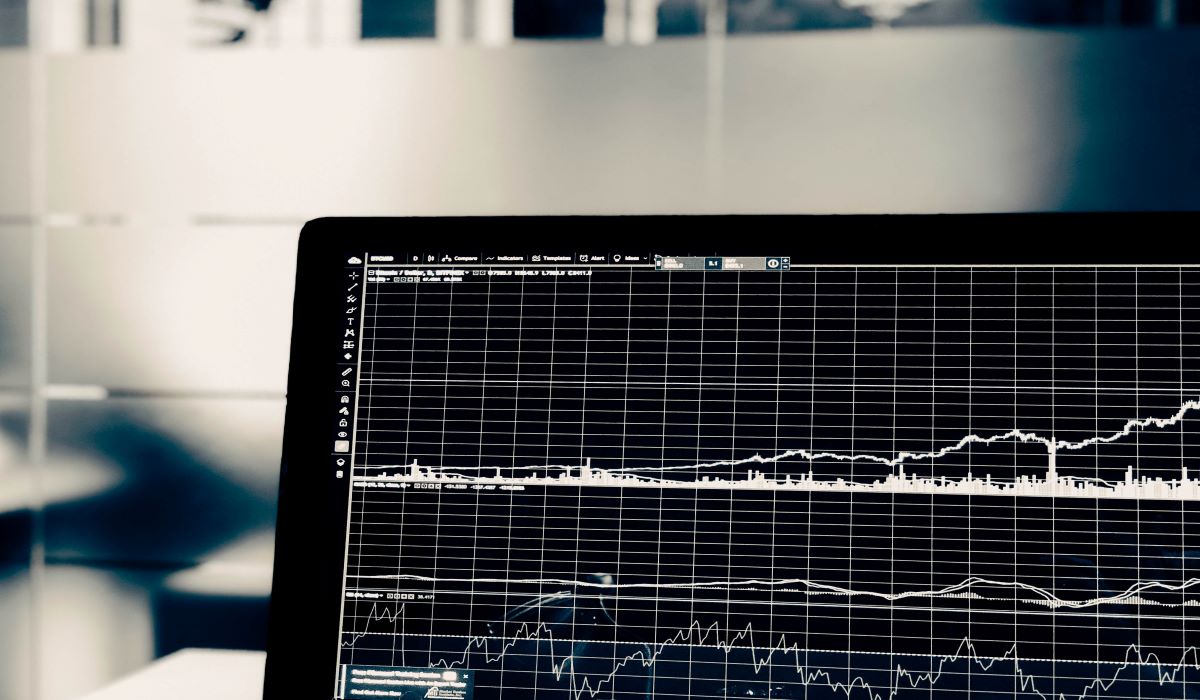ARTICLE SUMMARY:
Seeking funding to advance its novel bipolar RF and microwave electrosurgery platform, Creo Medical opted for a listing on the LSE’s AIM market.
Still a relatively young company and having raised only a small amount of venture money, in 2016 electrosurgery company Creo Medical decided to make its next financing a public offering on AIM, the  alternative market of the London Stock Exchange. CEO Craig Gulliford calls the move “an eye-opening experience…in a positive way.” Creo executives had contemplated a public offering, either as a way to raise capital or as an exit, for a while. “And obviously, in 2016, we needed to raise money for our next round, as part of an effort to get ready to commercialize.” Creo looked at both raising more venture capital and also listing on one of several public exchanges. “We went the IPO route,” he says. “It seemed to fit with the culture of our shareholders, “a group that included some government-oriented funds and mostly angel investors.
alternative market of the London Stock Exchange. CEO Craig Gulliford calls the move “an eye-opening experience…in a positive way.” Creo executives had contemplated a public offering, either as a way to raise capital or as an exit, for a while. “And obviously, in 2016, we needed to raise money for our next round, as part of an effort to get ready to commercialize.” Creo looked at both raising more venture capital and also listing on one of several public exchanges. “We went the IPO route,” he says. “It seemed to fit with the culture of our shareholders, “a group that included some government-oriented funds and mostly angel investors.
 Gulliford says Creo had a positive experience with most of the fund managers the company spoke with. “There’s very little ego with the guys in the public markets because they see a lot of things and some [things] come and some go”—that is, unlike venture investors, public investors can be more flexible in moving in and out of investments, depending on the progress of the company. At the same time, he adds, “as with any shareholder, but particularly public shareholders, setting expectations and delivering against those is imperative. [Missing numbers] is the real risk you take with going public and we did a good job of setting expectations and executing on milestones.”
Gulliford says Creo had a positive experience with most of the fund managers the company spoke with. “There’s very little ego with the guys in the public markets because they see a lot of things and some [things] come and some go”—that is, unlike venture investors, public investors can be more flexible in moving in and out of investments, depending on the progress of the company. At the same time, he adds, “as with any shareholder, but particularly public shareholders, setting expectations and delivering against those is imperative. [Missing numbers] is the real risk you take with going public and we did a good job of setting expectations and executing on milestones.”
Since the 2016 IPO, Creo has done two PIPEs, “each time with some really significant institutional investors with assets both in Europe as well as the US,” says Gulliford
Given the success of the IPO and subsequent public offerings, Gulliford dismisses the notion, held by some in Europe, that a listing on AIM can, in fact, provide less liquidity and flexibility and that, especially for younger companies, the pressures of public scrutiny and achieving quarterly goals can be daunting or can limit the company’s ability to make course corrections. “For us, for the stage that we were at, it worked out perfectly,” he says. Had Creo delayed and gone public later in its commercialization time line, the company might have faced even more challenges, particularly given the pandemic that all but shut down commercialization just four years later. “That would have applied a level of pressure on us to nail revenue numbers that just wasn’t an issue for us” three years earlier. Creo’s representations to its public investors wasn’t about revenue or profitability, but rather about “milestones and executing on regulatory clearance for all of the different devices, gathering clinical evidence and getting the clinical education program up and running and proofed,” goals which were, in many cases, more clearly in Creo’s control. “Some of those things are much more deterministic than the variable of getting into the market at an early stage when you just don’t know how things are going to go,” he adds. “I think we went [public] at the right time.”
In addition, particularly having taken a strategic investment from Pentax/HOYA a year earlier, Creo’s IPO provided a different kind of flexibility: protection against the perception that Creo was, in effect, a captive of Pentax which, in turn, might limit any subsequent exit. As someone new to the medtech industry, Gulliford says a lot of people told him that all Creo had to do was to develop its technology, and a robust acquisition would soon follow. “Fair enough,” he goes on, “but first and foremost you have to develop a product that people are going to buy. You can’t just build a business with the single-minded objective of selling the company.” Ultimately, he says, all investors want to “see an exit and get liquidity, and going public allowed some liquidity” for Creo’s investors, particularly its angels, while at the same time, providing an opportunity for Creo to shift its investor base to some “more significant, European-based long-term institutional investors who take a 10-to-15-year view,” and aren’t VCs who have time limits on their funds. It has also given the company currency to do some deals, such as the Albyn and Boucart acquisitions.
And Creo has fared well on AIM: listing initially at 76p, the company’s share price stood at just over £2 as of earlier this year, an increase of 200% in four years, even with a hit that it took as a result of the pandemic. Looking ahead, as Creo explores more acquisitions, its AIM currency “really helps because it gives us incredibly efficient and supportive access to capital for the right reason,” Gulliford says.
Excerpted from “Creo Medical: Bringing Innovation to Energy in the OR,” MedTech Strategist, July 14, 2021.)
![]() Trial MyStrategist.com and unlock 7-days of exclusive subscriber-only access to the medical device industry's most trusted strategic publications: MedTech Strategist & Market Pathways. For more information on our demographics and current readership click here.
Trial MyStrategist.com and unlock 7-days of exclusive subscriber-only access to the medical device industry's most trusted strategic publications: MedTech Strategist & Market Pathways. For more information on our demographics and current readership click here.
